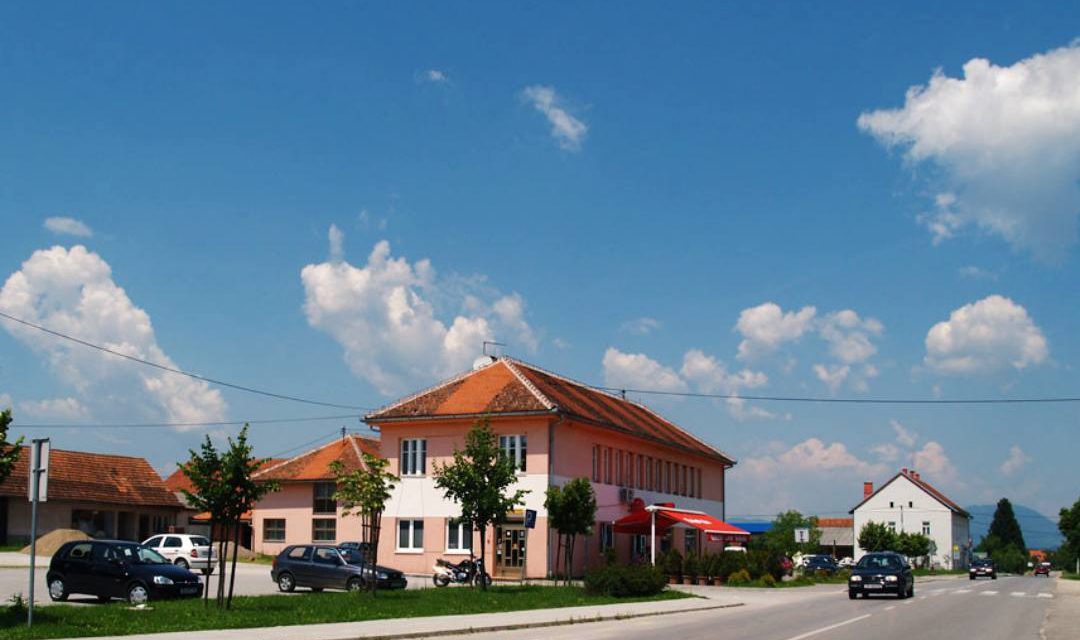Draganić is situated along the road connecting Karlovac and Zagreb, also known as the Old Road. This road is favored by those who are not in a hurry, who love traveling and getting to know the lively surroundings. And Draganić certainly is lively and vivid, right from its traditional architecture to the interesting traditional national costumes. You sometimes just have to turn from the main road and start driving around the surrounding hills. And climb the pyramid. Yes, the Draganić pyramid!
There is a reason for Draganić to be called “the noble municipality of Draganić”. It was first mentioned in the 13th century, in a charter signed by the Croatian-Hungarian king Bela IV and presented to the heroic Draganić warriors. The noble municipality of Draganić has always been developing freely, without having to belong to any of the noblemen and their castles. Even today, you will find no trace of any castles, aristocratic courts or serf dwellings, because this was a free territory of free people.
The road that has been here for centuries, used to be the main trade route from Zagreb through Karlovac and all the way to Senj. The inhabitants of this area always lived from their work, they were farmers, who with time developed extraordinary cultural values and traditions that they proudly cherish even today. The famous explorer Mirko Seljan also had an estate in this area, and that is where he was enjoying the peace, having returned from Ethiopia, and preparing for the next expedition, to South America.
Today in Draganić you can wander from one hill to the other, enjoying the diversity of authentic wooden houses, the autumn smells in the vineyards and the vistas from the pyramid or from the Sv. Juraj hill. The ‘pyramid’ is a pyramid-shaped hill above Draganić that you can also reach by bike, and from the top of which you can enjoy the magnificent view of the Kupa valley. Sv. Juraj (St. George) is a hill just opposite this pyramid, and between those two hills you should certainly visit the little, old, wooden chapel of the Holy Trinity from 1689, whose walls are covered by frescoes officially protected as the Croatian cultural heritage.
If you prefer the lowlands, you could take the educational-historical route through the Draganić forest and admire the fish ponds there or the birds living in the nearby marshes. You could also try and find out what the žirovanje of pigs is or what lasenja raincoats are made of, and, if you are very patient, you might also spot a beaver and learn something about his style of traditional building (dams, canals, lodges…) along the river banks.
